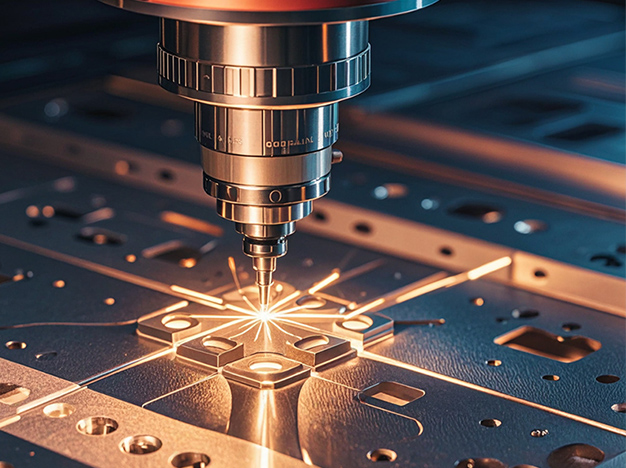July 18, 2024 – As industries increasingly pivot towards miniaturization, precision micro-machining has emerged as a pivotal technology, driving advancements in electronics, medical devices, and aerospace. This evolution reflects a growing need for ultra-small components that meet stringent performance and reliability standards.
The Rise of Micro-Machining
With the miniaturization of devices becoming a hallmark of modern technology, the demand for precision micro-machining techniques has surged. These processes enable the creation of components with features as small as a few microns, which are essential in fields ranging from consumer electronics to life-saving medical devices.
“Micro-machining is at the forefront of technological innovation,” says Dr. Sarah Thompson, a leading researcher in advanced manufacturing at Tech University. “As components shrink, the complexity of machining increases, necessitating breakthroughs in precision tooling and methodologies.”

Ultra-Precision Machining Processes
Ultra-precision machining encompasses a range of techniques designed to produce components with sub-micron accuracy. These processes often utilize advanced materials and cutting-edge equipment, such as ultra-precision lathes and mills, which can achieve tolerances within nanometers.
One notable technique gaining traction is Electrochemical Machining (ECM), which allows for the non-contact removal of material. This method is particularly advantageous for delicate components, as it minimizes mechanical stress and maintains the integrity of the part.
Advancements in Micro-Tooling
Recent advancements in micro-tooling technology are also shaping the landscape of precision micro-machining. New materials and coatings for micro-tools enhance durability and performance, enabling manufacturers to achieve finer features without sacrificing tool life.
Additionally, innovations in laser machining have opened new avenues for creating intricate designs. By employing high-precision lasers, manufacturers can cut and engrave components with unmatched accuracy, catering to the specific needs of sectors like aerospace, where reliability is critical.
Challenges in Micro-Machining
Despite the progress, precision micro-machining is not without its challenges. Machining tiny features demands not only exceptional accuracy but also innovative solutions to issues like tool wear, heat generation, and the management of cutting fluids.
“Working at such small scales introduces complexities that traditional machining doesn’t face,” explains Dr. Emily Chen, a micro-manufacturing expert. “Maintaining consistency and quality control across batches of tiny parts requires meticulous attention to detail.”
Moreover, the high costs associated with developing and maintaining advanced micro-machining equipment can be a barrier for smaller firms. As the market for miniaturized components continues to grow, addressing these challenges will be crucial for the industry's future.
Future Outlook
As demand for precision micro-machined components continues to rise, collaboration among industry stakeholders, including manufacturers, researchers, and educators, will be essential. By fostering partnerships and sharing knowledge, the industry can overcome existing challenges and innovate further.
In the coming years, advancements in automation and artificial intelligence are expected to streamline micro-machining processes, potentially reducing costs and improving efficiency. With these developments on the horizon, the future of precision micro-machining looks promising, paving the way for a new era of miniaturization in critical industries.
Conclusion
Precision micro-machining is more than just a technical endeavor; it represents a vital component of modern manufacturing that supports innovation across multiple sectors. As industries continue to embrace miniaturization, the spotlight will remain firmly on the techniques and technologies that make it possible, ensuring that precision micro-machining remains at the heart of the manufacturing landscape for years to come.
Post time: Aug-02-2024




